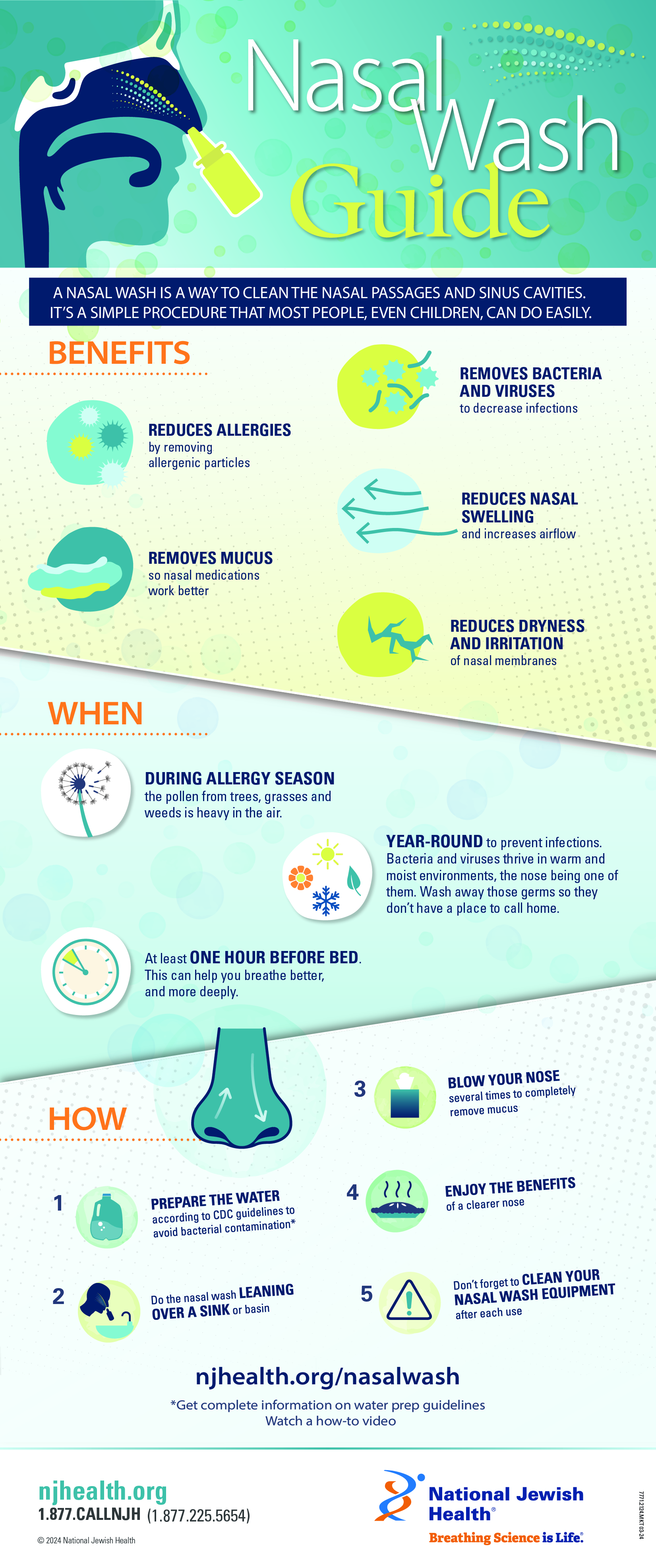Effective Ways to Gut a Fish: Master This Essential Skill in 2025
Understanding how to gut a fish is a fundamental skill for anyone interested in fishing, seafood preparation, and cooking. As more people lean into sustainable and home-cooked meals, mastering the art of gutting fish has become essential. Not only does gutting your own fish give you control over the quality and freshness of your meal, but it also connects you more deeply with the food you consume. This article delves into various fish gutting techniques, discusses essential tools, and provides step-by-step instructions for beginners and seasoned anglers alike.
By learning how to gut fish properly, you can enhance your fish preparation skills, ensuring that every catch is a delicious and safe addition to your culinary repertoire. We will also emphasize the importance of fish safety guidelines and give practical tips to maintain fish freshness and flavor. Get ready to elevate your fishing and cooking game!
In this guide, we'll explore:
- Steps to gut a fish effectively
- Tools required for successful gutting
- Common mistakes to avoid during the gutting process
- Fish cleaning tips for sustainability
- Safe handling methods for preparing fish for cooking
Steps to Gut a Fish: A Step-by-Step Guide
Preparing Your Workspace for Gutting Fish
Before you even start gutting, make sure your workspace is ready. Clear a flat surface, preferably outdoors to minimize cleanup, and ensure that you have your tools at hand. A sharp filleting knife, cutting board, and gloves are essential for the process. Having ice or an ice-filled cooler handy also helps keep the fish fresh while you work.
Additionally, understanding fish anatomy is crucial. Familiarize yourself with the key parts of a fish, particularly the belly, which you will be cutting into. Consider using visual references to identify anatomical features such as the vent, which is where the gut cavity begins.
Essential Tools for Gutting Fish
Having the right equipment can make the gutting process smoother. Key tools include:
- Filleting Knife: A sharp, sturdy blade is critical for effective gutting.
- Cutting Board: A clean surface prevents cross-contamination.
- Gloves: Use disposable gloves to maintain hygiene.
- Scissors: Handy for cutting fins and other parts.
Being equipped with these tools allows for a quick and efficient fish gutting experience. See examples of the tools used for gutting fish.
Step-by-Step Process for Gutting Fish
Once your tools and workspace are in place, follow these steps to gut a fish:
- Make the Initial Cut: Start by inserting your knife at the vent area and cut up the belly towards the head. Be careful not to puncture the internal organs.
- Remove the Guts: After slicing, gently pull apart the belly to expose the guts. Use your hand to remove them, ensuring you do not break the gallbladder.
- Clean the Cavity: Rinse the inside of the fish thoroughly with fresh water to remove any residual blood or contents.
- Ice the Fish: Immediately place the gutted fish on ice to preserve freshness while you prepare it for cooking or storage.
This step-by-step guide simplifies the gutting process for beginners. With practice, you will achieve a clean and efficient evisceration every time.
Common Fish Species and Their Gutting Techniques
Gutting Different Fish Species
Different fish species require slightly varying techniques for gutting. For instance, gutting a trout is different from gutting a larger fish like a bass. While both methods start similarly, the anatomical differences necessitate a tailored approach. Trout, being smaller, may require delicate handling, while larger fish may require more strength.
When gutting trout, insert your knife carefully and follow the spine to avoid damaging organs. With bass, you’ll have more room to work. Make sure to learn the specific anatomy of the species you're gutting to ensure a successful process. You can find tutorials online to guide you through gutting techniques for various fish species.
Best Practices for Gutting Fish Safely
Safety during the gutting process is paramount. Use a sharp knife to reduce the effort needed, which can help avoid accidents. Additionally, ensure that you handle the fish with care to avoid contamination from fish guts. Always clean your tools and workspace immediately after gutting fish to prevent cross-contamination.
Avoid gutting fish near freshwater sources without following local regulations, as improper gutting can harm ecosystems. Observing guidelines ensures that your gutting practices are sustainable.
Fish Cleaning and Preparation Tips
Cleaning Fish for Cooking
After gutting, cleaning the fish thoroughly is crucial. Rinse the fish under cold water, ensuring that all traces of blood and guts are removed. Pay special attention to the gills and belly, as these areas can harbor bacteria if not cleaned properly.
For those preparing fish for grilling or smoking, scoring the fish can help with cooking and flavor absorption. Additionally, marinating your fish can enhance its taste. Use citrus juices or traditional marinades to bring out flavors.
Storing Your Gutting Fish for Freshness
Storing gutted fish properly can extend its freshness. Always refrigerate or freeze fish if it’s not consumed immediately. For best results, wrap the fish in plastic wrap or use fish storage containers to minimize exposure to air. This step is crucial to avoiding fish spoilage and preserving its quality.
Ensuring that your fish is stored safely will help keep it fresh until you’re ready to cook. Understanding the best practices for cleaning and storing fish ensures a delightful seafood experience.
FAQs About Fish Gutting and Cleaning
What are the safety guidelines for gutting fish?
Always wash your hands before and after gutting fish and ensure that all tools are sanitized. Maintain a clean workspace and avoid cross-contamination by using separate cutting boards for fish and other meats.
How can I ensure my gutted fish remains fresh?
Keep your gutted fish on ice and store it properly. It's essential to refrigerate or freeze it if not consumed immediately to maintain quality.
Are there specific gutting techniques for different types of fish?
Yes, each species may have nuanced differences in their anatomy, requiring tailored gutting techniques. Researching the species you’re working with can help increase your efficiency and proficiency.
What tools do I need for gutting fish at home?
A sharp knife, cutting board, gloves, and possibly scissors are the essential tools for successful fish gutting.
Can I gut fish outdoors safely?
Yes, gutting fish outdoors is common, especially after fishing trips. Just make sure to follow local regulations regarding waste disposal to protect the environment.


